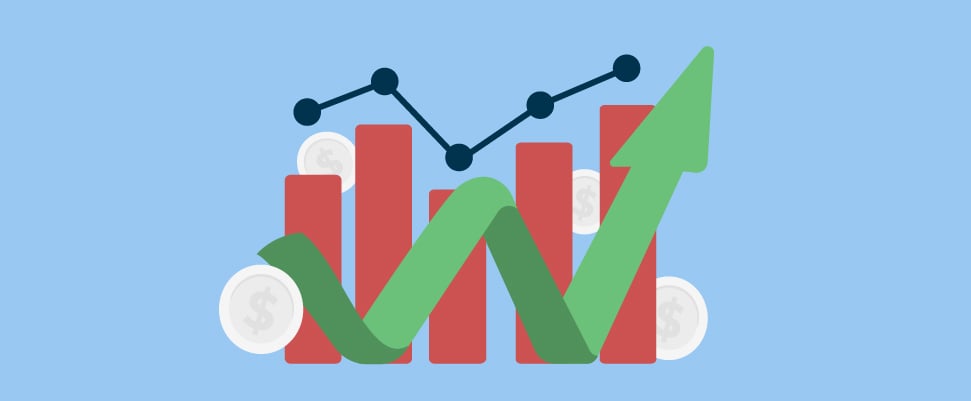As geopolitical tensions between China and the US increase and pharma industry stakeholders are increasingly looking elsewhere in Asia to diversify their supply chains, Vietnam has emerged as a highly promising investment destination with a great deal of potential still to unlock. While government healthcare approaches have led the country to the top of Asia’s coverage ratios, a new generation of favourable policies and trade agreements are making Vietnam even more attractive.
Vietnam has a unique opportunity to become a Southeast Asia life science innovation hub
Luke Treloar, KPMG Vietnam
Vietnam’s Favourable Position
In KPMG’s new report, “The Value of Innovation in Vietnam,” the accounting firm highlights the Vietnamese pharmaceutical market’s rapid expansion from USD 5.4 billion in 2018 to an estimated USD 6.5 billion in 2021 and outlines the opportunities that still lie ahead. “Vietnam has a unique opportunity to become a Southeast Asia life science innovation hub,” said Luke Treloar, partner, head of Global Strategy and national head of Healthcare and Life Sciences at KPMG Vietnam.
Vietnam is indeed at a promising juncture. After first introducing Universal Healthcare (UHC) in 1992, the country has since risen to the top of Asia’s coverage ratios with an estimated 90 percent of the population having health insurance coverage in 2019. By 2025 the government is targeting a healthcare coverage ratio of 95.15 percent for its population of over 98 million.
Life expectancy in Vietnam is approximately 76 and the number of Vietnamese people aged 65 and over reached 7.6 million in 2020, nearly 7.9 percent of the country’s total population, states Vietnam Briefing, a number which is expected to increase steadily.
In addition, as its citizen’s incomes improve and the trend towards urbanisation continues, Vietnam’s healthcare spending will continue to climb. According to Nguyễn Diệu Hà, general secretary and office chief of the Vietnam Pharmaceutical Companies Association (VNPCA), as reported by Viêt Nam News, each Vietnamese spent an average of USD 73 on medicines in 2021, up from USD 6.7 in 2002. Yet because Vietnam remains behind its regional peers, it has huge growth potential as a market.
Made with Visme Infographic Maker
Beyond these statistics, the local ecosystem has also expanded with 55 foreign-invested pharmaceutical companies in 2022, 228 companies that meet the World Health Organisation’s Good Manufacturing Practice (GMP) standards, and 12 meeting high GMP standards for the EU, Japan, the Pharmaceutical Inspection Co-operation Scheme (PIC/S) and Trade and Cooperation Agreement (TCA) as per the VNPCA.
The drawback for Vietnam remains its dependence on imports. Local production capacity meets only 53 percent of its domestic pharmaceutical demand and in 2021 the country spent USD 4 billion on importing pharmaceuticals.
Policies to Stimulate Growth and Improve Access
Recognising pharma as a key sector for future economic growth, in March the government approved a pharmaceutical industry development programme that will extend through 2030 and a vision reaching up to 2040. The programme aims to reduce Vietnam’s dependence on pharma imports while modernising the sector to bring it up to par with its neighbours.
In the short term, the goal is to domestically produce drugs reaching 60 percent of market value by 2025 and, in the longer run, for the pharma industry to contribute over USD 20 billion to the national GDP by 2045. To reach these ambitious goals, the government plans to improve the domestic business environment and competitiveness and reach “top four” status within the Association of Southeast Asian Nations (ASEAN).
These goals align with the government’s broader healthcare goals set out in the Master Plan for Vietnam Health to improve patient access. Arising from the plan and in collaboration with industry, a number of initiatives have been launched since 2018, including hypertension and diabetes, papillomavirus and cervical cancer, and antimicrobial resistance programmes.
Moreover, Vietnamese policymakers, together with global organisations, universities and international pharmaceutical companies, including the likes of Novartis and Sanofi, have been working to build the capabilities of the country’s healthcare practitioners through training programmes.
Foreign Investment and Trade Horizons
Foreign investment is also mounting in Vietnam with foreign direct investment (FDI) inflows reaching USD 19.74 billion in 2021, which represents a five-year CAGR of 2.4 percent., says KPMG. Vietnam ranks third in terms of FDI in ASEAN countries, behind only Singapore and Indonesia, with healthcare and life sciences-related FDI between 2016 and 2020 accounting for more than USD 1 billion. Recent foreign investments in the sector have included SMS Pharmaceuticals and other Indian interests’ USD 12 billion pharmaceutical park project in Hai Duong, which is being dubbed as a pharma R&D and production base.
Favourable trade agreements such as the EU-Vietnam Free Trade Agreement (EUFTA), which allows EU investors to establish companies in Vietnam to import pharmaceuticals and sell to local distributors, build warehouses, or carry out clinical trials, are already in place. And in light of geopolitical tensions with China and the need to diversify supply chains, the US and Vietnam’s recently signed Comprehensive Strategic Partnership is also expected to reinforce trade between the two nations.
Large American corporations such as Dell, Google, Microsoft and Apple have already moved parts of their supply chains to Vietnam.



